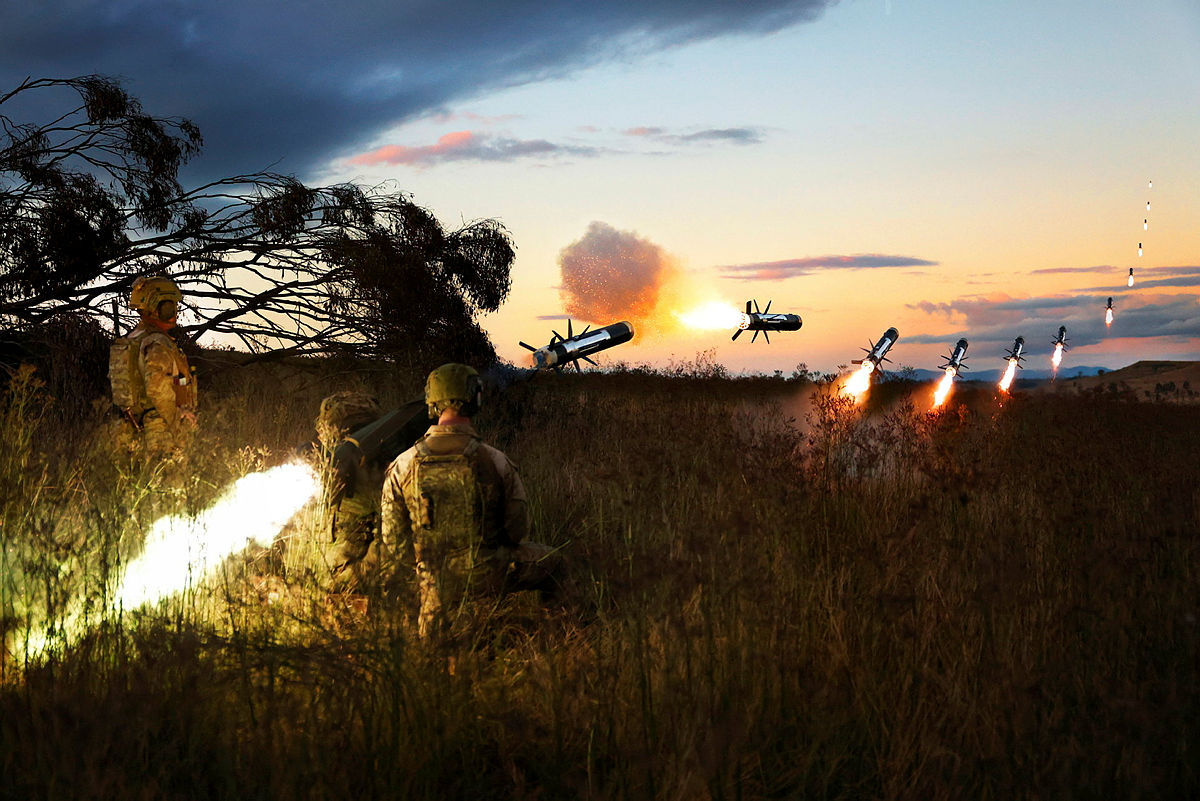I guess it depends on what type of multi "operational scenario" falls under your classification.
The defence force obviously needs to be multi facetted, but designed and structured for a particular region certainly isn't poor forward planning imo.
There's a counter argument to your point being you risk being a 'jack of all trades and a master of none', ineffectual in the face of a well prepared opponent precisely designed for particular operational scenario's. There's evidence of this right throughout history.
Without beating around the bush, he's obviously referring to China, I think it's safe to say you can throw the rule book out the window for the next decade in regards to defence procurement and what we may or may not have done in the previous 30-40 years as an indication of what we might do in the next decade.
I very much think we will tailor our decisions to a potential conflict with China in the Pacific and the operational scenario's surrounding the consequences of that.
Every decision ever made in life includes relative priority as one of the factors leading to said decision to one degree or another.
My problem with the current debate is that for reasons unclear to me, it seems to be automatically assumed that if regional tensions were to brew over and Australia found itself in actual conflict with China we’d luckily be in a position once again, where we could afford to deploy a partial component of our forces (air and naval, perhaps with just a couple of ground-based missile firing units for good measure) and that’s all we’d need to do. The rest of ADF would sit at home and watch, or something…
Unfortunately history shows us that every single time we have conducted combat operations in the Asia-Pacific region, it is substantial ground forces that we have required, with a substantial less requirement for air and naval forces, transportation and logistics aside…
In 1945, very few “analysts” foresaw us fighting Chinese and North Korean forces on the ground in Asia in almost brigade level strength. Yet 5 years later we were and we needed all the armour and artillery others had (but we didn’t) to do it, too…
In the 60’s and 70’s when we decided to go and fight wars in Asia once again, right into the very heart of the theatre where our academics tell us our ‘tanks can’t go’ we actually, in reality deployed extremely heavy armour and (yet again) substantially sized ground forces to these combat operations, while our airforce and Navy did much less of the heavy lifting (no disrespect intended to either service by the way, but that was the reality).
In the 80’s and 90’s our defence academics led by the inestimable Paul Dibb, thought it would be an excellent idea to defend our air-sea gap, substantially unbalance our forces in doing so in order to fund it and invest in (cough…) “high-end” war fighting capabilities for our air and naval forces. Then we ran headlong into Timor Leste, Iraq and Afghanistan for more than 20 years of combat operations of varying intensities… Oops. Appears their crystal ball may have been a bit hazy then too.
Now we are told once again an operational scenario is ‘most likely’ where our land forces will have the least utility and we should therefore invest in air and naval forces to the exclusion of our land combat capability. But more than this, it is advocated we should actually strip our Army of capabilities and funding already approved, that aren’t perceived to have utility in this ‘most likely’ scenario.
Forgive the walk down memory lane, but hence why I have said here and elsewhere, that such a plan were it to eventuate, would be extremely short-sighted (and foolish, IMHO) in the least.




